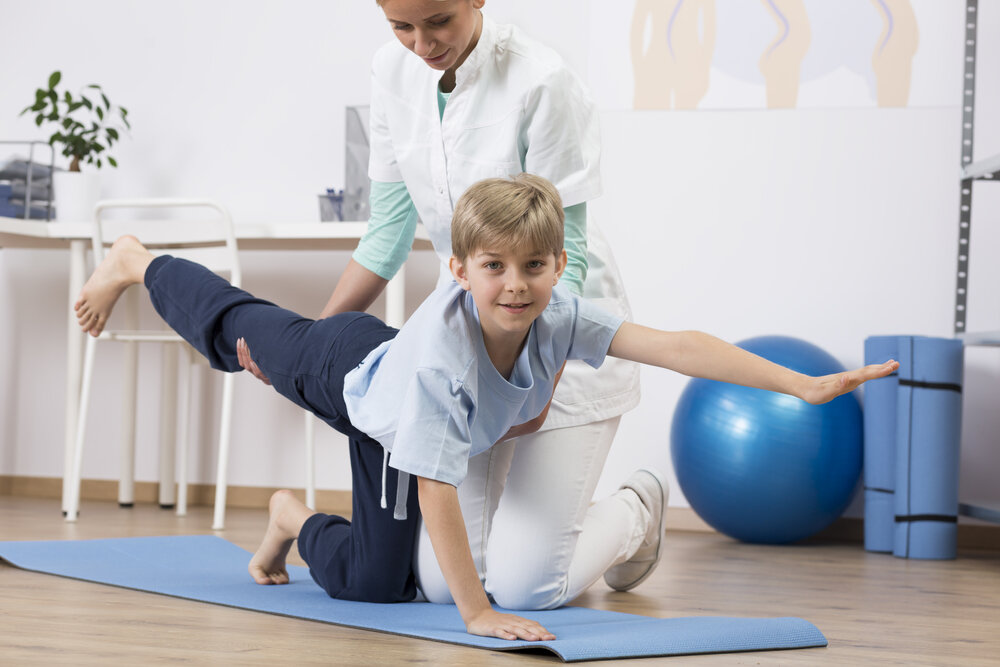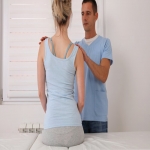The S- or C-shaped curve in the spine is a hallmark of Scoliosis. It is commonly seen in infancy, but can also happen in adulthood. Adult scoliosis can occur on a number of grounds, including anatomy, uneven pelvic position, past spinal or joint operations, distortions in the knee and foot or headache. Some curves are more profound than some. Scoliosis is corrected by surgery in mild to extreme cases. You can contact your scoliosis specialist for a treatment plan if you suspect scoliosis.
The difference between a normal spine and a person with scoliosis is that the former will travel side by side. For example, as you walk, you turn left and right and gradually return to the middle. People with scoliosis find the curvature of their spine difficult to move in one direction.
Two fields of Re-education
Specialists of scoliosis say that discovering new ways of moving will help to recover such scoliosis imbalances. He recommends two methods of doing so. One of them is to push the body in the direction it already bends. This could cause you to pull back your muscle and shorten it slightly. The capacity of the central nervous system for muscles to contract and shorter is impaired by scoliosis. You have to extend them to a shortened condition.
The second solution is the opposite: just lean to the right if your spine leans to the left. It doesn't appear that this approach works, Snyder says. The extensions are intended to support lax muscles. We should take a rubber band and hold it for a long time then let it go.
3 Scoliosis Exercises
The following exercises concentrate on scoliosis patients. Exercise is important for general health, but scoliosis specialists suggest a physician's examination first for people with moderate to serious scoliosis.

Go down and reach a single arm
-
If you are laying on your back, walk up a small box or step with each leg appearing longer.
-
Bend down the opposite leg to the bottom of the knee.
-
When you go down, take your arm up the highest possible on the same side of the lower leg. For instance, if you are left foot drops down to the ground, raise your left arm.
-
On this side only hold 2 to 3 sets from 5 to 10 reps. don’t do the workout on the other hand.
Down and up dog
-
Push the hips up and back as much as possible in a prone position with the arms spread out straight.
-
Keep it down to the floor for 2 seconds, then lower your hips.
-
Try to get as low as possible without discomfort or pain to yourself.
-
Realize 2 to 3 5 to 10 representative sets.
Split stance for reaching the arm
-
Go ahead in slightly exaggerated length with the long leg in front.
-
Hold your body still as straight as you can.
-
Start to shift the weight, so that the fore knee bends when you feel the weight shift to it.
-
When you move your weight forward, lift your arm as far as possible to the sky across from your forward leg.
-
When the arm reaches up, it reaches the other arm as far as possible with the palm. This leads the torso and spine to turn to the front leg.
-
Only on that side do this exercise. Realize 2 to 3 5 to 10 representative sets.
However, it is always good to talk to a specialist in order to get the right treatment of this disease. Book your schedule with Neuroscience Specialist in OKC.
**Disclaimer- Information presented here is not intended to be qualified medical advice. Nothing expressed herein creates a doctor-patient relationship.

